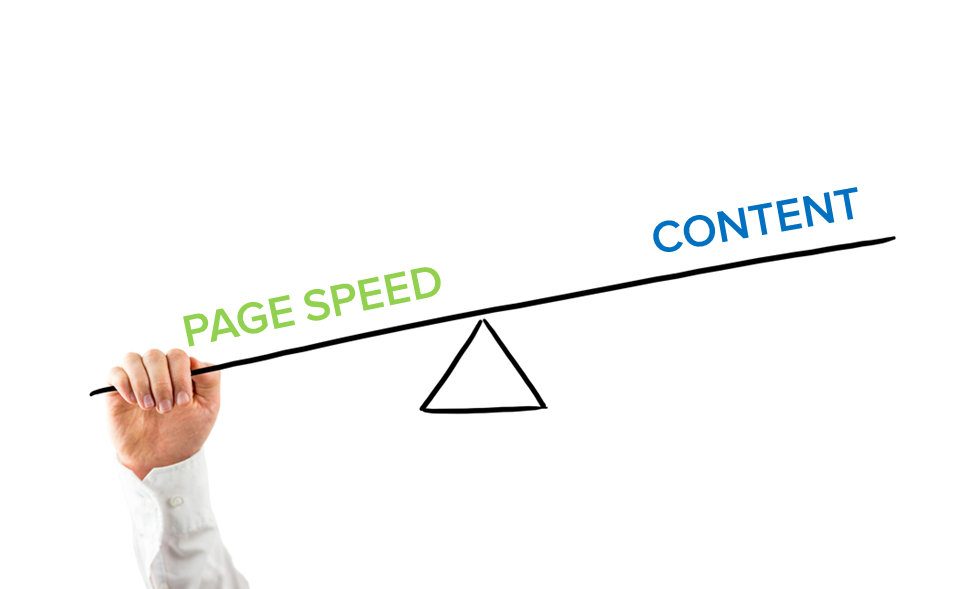Are you creating the kind of user experience that customers want? Half say page performance is the most important factor in a great website experience, because they don’t want to wait too long for pages to load or streaming media to buffer.
This may not be surprising because page speed has been a growing focus in SEO, but what comes as somewhat of a shock is that many U.S. consumers surveyed by Limelight Networks said this is more important than having fresh brand content on a site. Before you throw your hands up (and your content marketing strategy out the window), consider the question: What would they be waiting to load or play if there wasn’t new content there to see?
Make page speed a top priority
To be clear – page performance is extremely important. There’s no denying that 60 percent of people will abandon a page if it doesn’t load within five seconds. To keep up with that standard, SEOs and webmasters must optimize pages to load quickly, which means faster caching, fewer request-response cycles to minimize round trip times and smaller payload sizes to ensure content can render quickly.
60 percent of people will abandon a page if it doesn’t load within five seconds
And companies will need to speed it up a little if they want to stay ahead of the curve. Limelight found that around 40 percent of people allow sites three to five seconds to load, but nearly 20 percent expect them to be up and running before that three-second mark. That goes for mobile, too. Four in 10 visitors expect a mobile or responsive version of a website to be just as fast as it is on a desktop device, which means webmasters need to focus on improving smartphone and tablet UX equally.
Don’t downplay content’s role in UX
With all that being said, website content is still a crucial part of the marketing mix. If companies have fast and lean websites without interesting written or visual content, visitors might have less reason to visit in the first place.
Consumers may prefer a speedy web experience, but they’ve also developed a sophisticated taste for digital media. In fact, survey respondents said fresh content is the second factor they look for in their online experiences.
People are no longer satisfied with written content alone – just look at YouTube’s recent feat, toppling Facebook as the social network receiving the most visits. People crave a diverse medley of assets to suit their preferences at every stage of the buying cycle – and even at different parts of the day. It’s up to marketers to satisfy that demand with insightful blog content, engaging videos and attractive graphics, but also do it as fast as possible.
Which comes first?
In a chicken-and-egg scenario, we’re seemingly left to decide what to prioritize. Do you focus on making your site lightning fast, keeping content to a minimum? Or provide ample valuable content and find ways to maintain premium page performance?
The good news is: You don’t have to choose if you have a smart strategist behind the wheel, keeping pages organized and manageable. There’s a balance to strike here, with the sweet spot existing in the space between having too many pages that slow the site down and a website experience that lacks content variety and depth. It’s a case where we have to give visitors what they need – and not just what they want – if we’re going to be successful online.
For more insights about content marketing and page speed, check out these resources:






